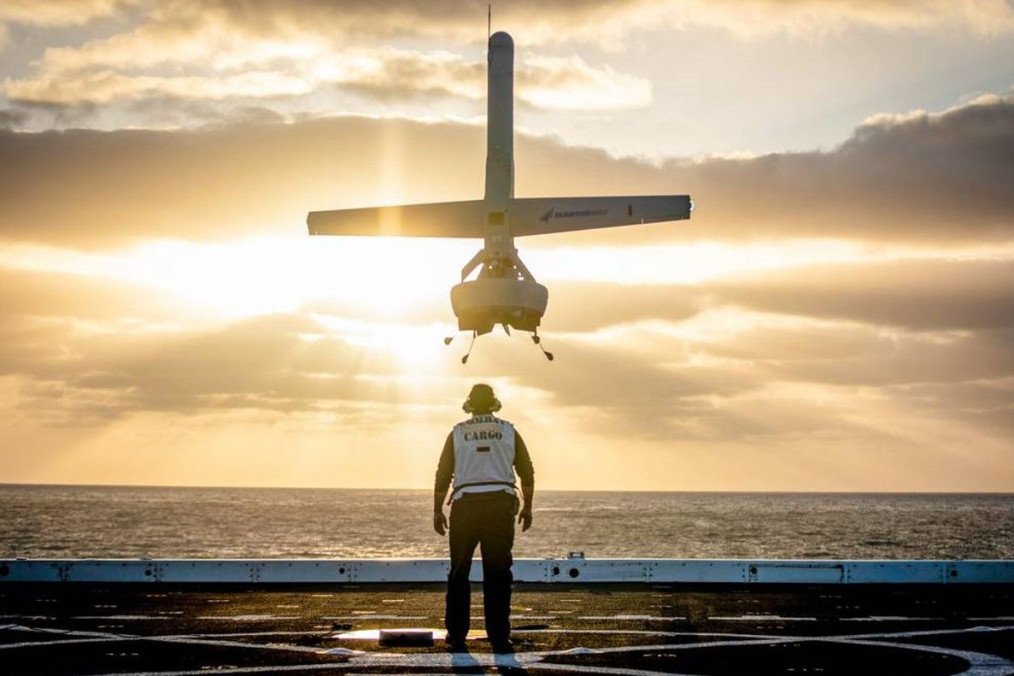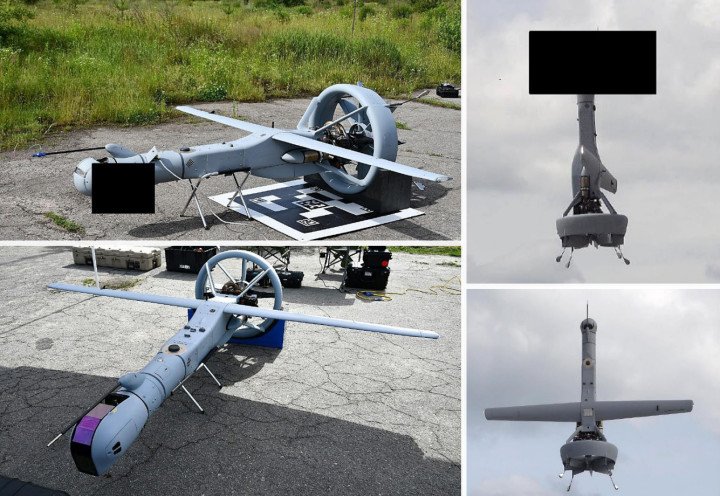- Category
- Latest news
US Experimental V-BAT Drones Undergoing Secret Testing with Ukrainian Armed Forces

US experimental V-BAT drones are being secretly tested by the Ukrainian Armed Forces in real combat conditions. These tests aim to evaluate the drones' performance against Russian electronic warfare systems
According to Brandon Tseng, head of US-based Shield AI, V-BAT drones have been deployed in Ukraine to assess their performance in real combat conditions, specifically against Russian electronic warfare (EW) systems. These experimental drones are undergoing trials with Ukrainian forces as part of a US-backed evaluation, Tseng shared in an interview with Defense One.
Shield AI confirmed that the first batch of V-BAT drones arrived in Ukraine in June, accompanied by American developers to oversee initial testing. The drones’ vertical takeoff and landing capabilities allow them to launch and land within a compact area, making them highly adaptable to field conditions.

A report by Ukraine’s military research institute, which works on weapon trials, provided visual evidence of V-BAT drones operating in the country, albeit with censored details. This report affirms the drones’ resilience against Russian EW efforts, highlighting V-BAT’s stability even in contested electronic environments.
One specific combat episode shared by Tseng illustrates V-BAT’s operational reach. Under the guidance of Ukrainian special forces, the drones reportedly identified a Russian missile storage site 100 kilometers behind enemy lines in occupied Kherson region. This intelligence led to a successful HIMARS strike, effectively neutralizing the missile stockpile.

Defense Express detailed V-BAT’s technical specifications, noting its endurance of up to 10 hours in flight and an operational weight of 56.5 kilograms, with up to 11 kilograms available for payload. The drone’s advanced electro-optical station, equipped with a MWIR thermal sensor, enhances its reconnaissance capabilities, while integrated artificial intelligence aids in target detection and identification.
Tseng also remarked on initial skepticism from NATO and US defense officials who doubted V-BAT’s viability in Ukraine’s combat environment. “They told us that no drones pass these tests and ours would be no exception,” Tseng shared. This statement underscores the value for both parties: Ukraine gains access to advanced technology, while Western developers can observe their equipment’s real-world performance under intensive conditions.
Presently, V-BAT is one of the candidates in the US Department of Defense’s Future Tactical Unmanned Aircraft System (FTUAS) program, which seeks a successor to the Textron RQ-7 Shadow. Competing with proposals from Textron Systems, L3Harris Technologies, and Arcturus UAV, V-BAT’s evaluations in Ukraine may provide Shield AI with crucial data as the Pentagon makes its final decision in 2025.


-72b63a4e0c8c475ad81fe3eed3f63729.jpeg)


